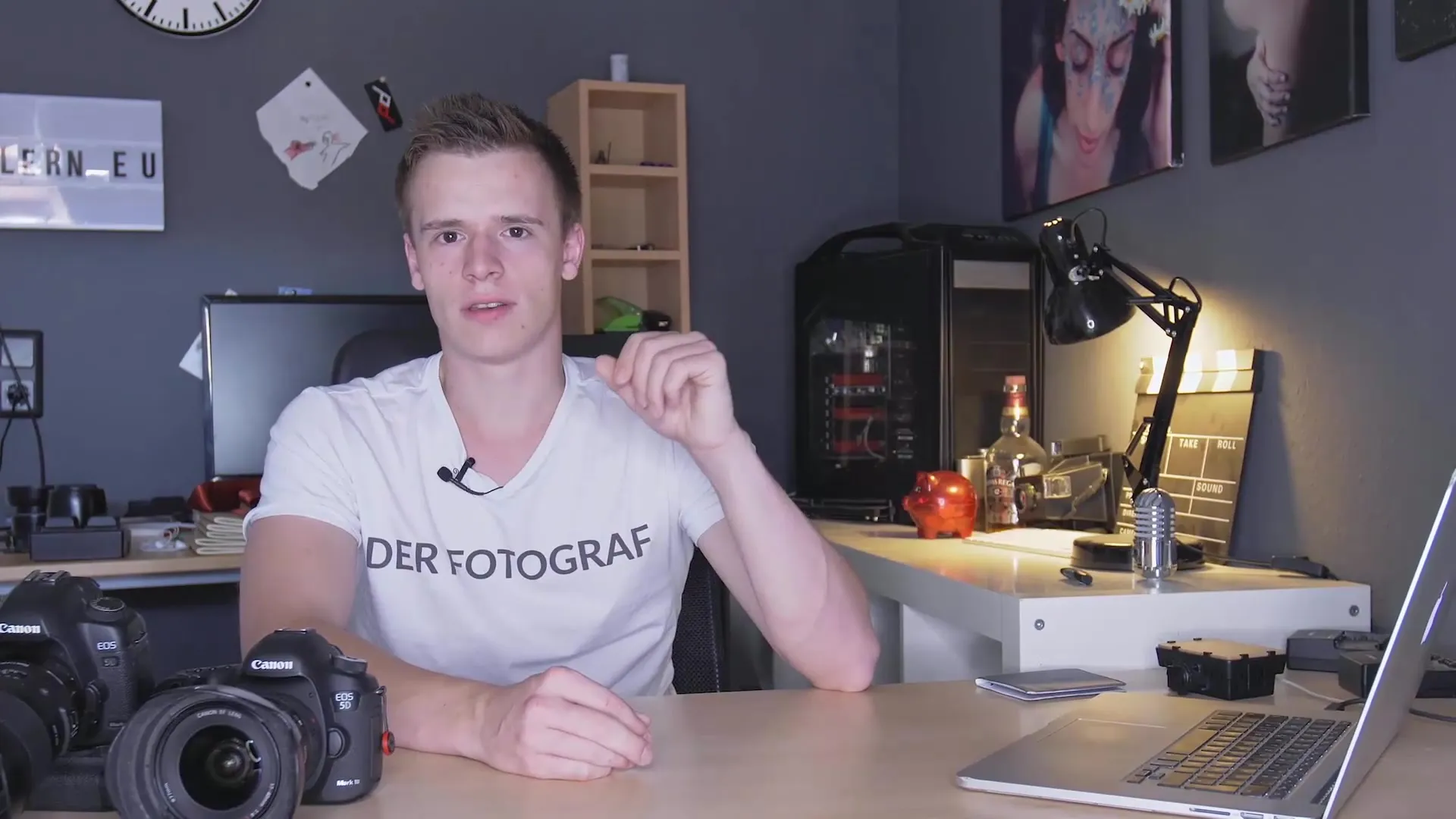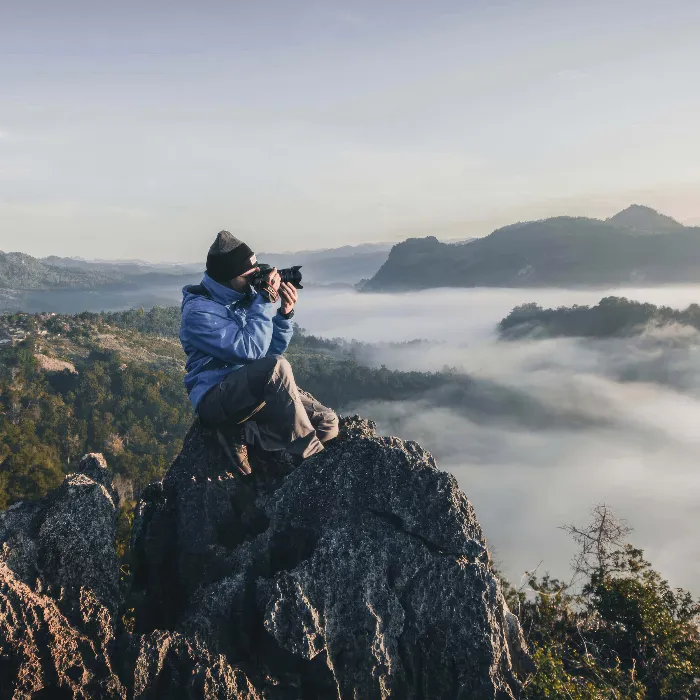If you want to learn about photography, it’s not just about the technique of your camera, but also about a crucial element: light. One of the most affordable and effective light sources is natural light, especially sunlight. Whether you are photographing by a window or going outside, you can achieve stunning results with the right techniques. In this guide, you will learn how to make the most of ambient light.
Key Insights
- Natural light is one of the best light sources for photography.
- Window light can be used creatively to create interesting effects.
- The background plays a crucial role in light distribution in the photo.
Step-by-Step Guide
1. Understand the differences between natural and artificial light
Before you start photographing, it’s important to understand the differences between natural light (like daylight) and artificial light (like flash). Natural light sources are often softer and offer a varied color depth.

2. Use sunlight effectively
Sunlight is arguably the simplest light source. You should learn how to use it best. Pay attention to how you play with the quality and direction of the light depending on the time of day. Use the different lighting conditions that sunlight can offer to change the mood of your photos.
3. Work with window light
Window light gives you an excellent opportunity to work with light without needing additional equipment. Position your subject so that it receives light from the side or from the front. Ensure that the light is not too harsh by softening it with curtains or other materials.
4. Control the light
A window is not only a light source but also a tool for light control. If you only have one window, the light coming into the room can be very directional. Diffuse the light by using reflective materials or diffusers to vary the effect and make the light softer.
5. Experiment with the light conditions in the room
Every room has its own lighting conditions. Experiment with your position and that of the subject to achieve interesting image compositions. In a dark environment, it can be helpful to work with a higher ISO sensitivity to make the dark areas more visible.
6. Study the background
The background of a photo greatly affects how the light is perceived. A bright or light background will reflect the light differently than a dark or textured background. Consider these aspects when choosing your subject and while photographing.
7. Practical exercise
To improve your skills in working with window light, choose a day when the lighting conditions are optimal. Sit by a window and photograph various subjects under the same lighting conditions. Pay attention to how the light behaves differently depending on how you position your subject.
8. Photo editing
Post-processing your photos is the last step to get the most out of your ambient light. Use image editing software to correct small mistakes, adjust colors, or optimize brightness. Often, just a small tweak can have a big impact and professionalize your images.
Summary – Photography with Ambient Light: How to Make the Most of Natural Light
By understanding and effectively using natural light, you can significantly enhance your photography. From using sunlight to controlling window light, there are numerous techniques you can incorporate into your workflow. Take advantage of the opportunities that ambient light provides and experiment with different approaches to make your images vibrant and appealing.
Frequently Asked Questions
How does window light affect image quality?Window light can make the image softer and create interesting light gradients.
When is the best time to photograph to make the most of natural light?The golden hour, just after sunrise or before sunset, offers ideal light.
What camera settings are optimal for photography with natural light?Set the ISO values high enough to make the best use of the lighting conditions, and experiment with the aperture for different depths of field.
How can I avoid harsh sunlight?Photograph on cloudy days or use reflectors and diffusers to soften the light.


